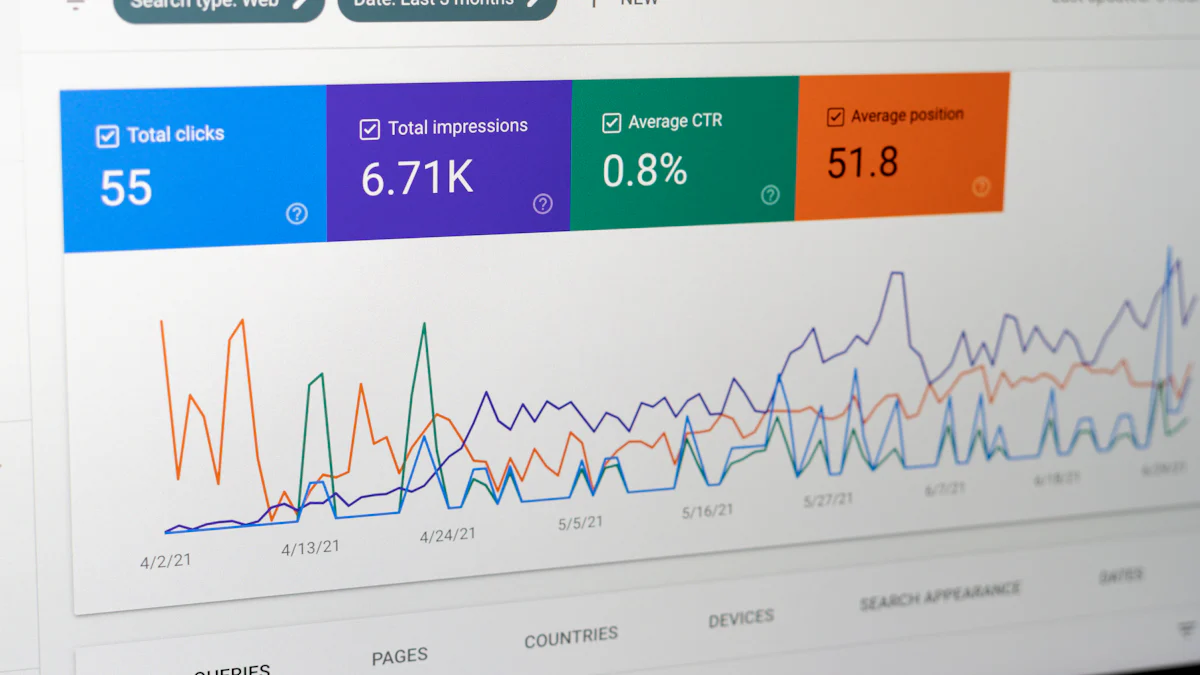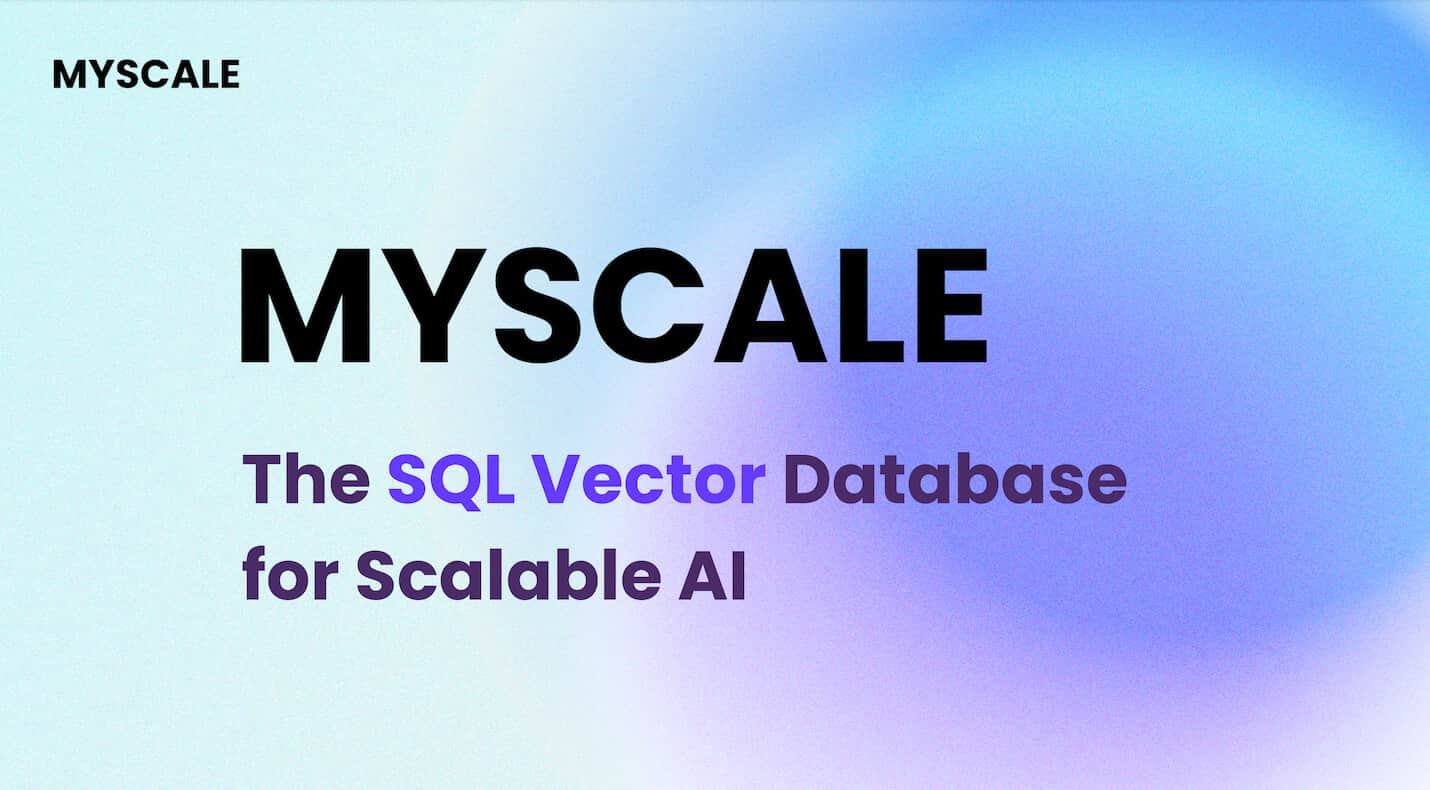# Diving Into the World of Vector Databases (opens new window)
# The Importance of Vector Databases in Today's Tech Landscape
In today's rapidly evolving tech landscape, the adoption of vector databases is on the rise. According to Forrester, the current adoption rate stands at 6%, with a projected surge to 18% within the next 12 months. This growth is fueled by the increasing need for efficient data processing and retrieval mechanisms.
Why Speed Matters:
Speed is a critical factor driving the popularity of vector databases. With data volumes expanding exponentially, quick access to relevant information is paramount. Organizations rely on speedy database operations to power real-time applications (opens new window) and enhance user experiences.
Real-World Applications of Vector Databases:
The healthcare industry (opens new window), among others, is leveraging vector databases as a valuable tool for data analysis and pattern recognition. These databases play a crucial role in powering cutting-edge medical research and improving patient care outcomes.
As we delve into comparing Milvus (opens new window) and FAISS (opens new window), it's essential to understand what sets these two contenders apart. We will evaluate their performance based on various configurations and datasets to provide a comprehensive analysis.
What We're Comparing:
Our focus will be on comparing not only the speed but also the efficiency and overhead of Milvus and FAISS. Understanding how these databases handle different workloads is key to determining their suitability for specific use cases.
# Understanding the Contenders: Milvus and FAISS
As we delve deeper into the realm of vector databases, it's crucial to dissect Milvus and FAISS, two prominent players in this domain.
# A Closer Look at Milvus
Milvus stands out as an open-source vector database tailored for managing extensive high-dimensional vector data efficiently. Offering support for various index types and metrics, it excels in facilitating rapid vector searches. Its versatility shines through its ability to seamlessly integrate with diverse data formats, whether deployed on-premises or in the cloud. For data-intensive businesses handling vast amounts of vectors, Milvus emerges as a top choice due to its lightning-fast query speeds (opens new window) and robust functionality. The capability to effortlessly handle billions of vectors underscores its prowess in delivering real-time responses, a critical requirement for modern applications.
While Milvus impresses with its performance and scalability, it may not be the ideal solution for structured data types like SQL or JSON. As a specialized vector database, its focus on high-dimensional data (opens new window) , but it can handle structured data through its integration with Apache Arrow. This allows for efficient storage and retrieval of both structured and unstructured data within the same database.
# A Closer Look at FAISS
Developed by Facebook (opens new window)'s AI team, FAISS is renowned for its efficiency in similarity search (opens new window) and clustering tasks involving dense vectors. Particularly suited for large-scale vector search operations (opens new window), it has become a staple in AI research applications such as image and video retrieval. Its specialization lies in handling high-dimensional datasets with finesse, making it a go-to tool for demanding search tasks where speed and accuracy are paramount.
Despite its strengths in handling complex vector operations, FAISS falls short when it comes to supporting structured data types like SQL or offering hosted services. As primarily a library rather than a full-fledged database solution, FAISS may not cater to users seeking comprehensive database functionalities beyond vector-related tasks. While FAISS itself doesn't handle structured data, it can be integrated with other databases or libraries that do. For example, FAISS can be used with a database like PostgreSQL to perform vector similarity searches on data stored in tables. Additionally, while FAISS itself is not a hosted service, several companies and projects offer hosted services based on FAISS. For example, Pinecone and Qdrant are vector databases that utilize FAISS for their search capabilities.
# Speed and Efficiency: The Heart of the Matter
# Benchmarking Speed: Milvus vs FAISS
When it comes to benchmarking speed between Milvus and FAISS, we conducted rigorous tests under controlled conditions to unveil their performance capabilities.
# Test Conditions and Parameters
In our evaluation, we compared Milvus 2.2.3 with FAISS, focusing on critical metrics such as search latency, queries per second (QPS) (opens new window), scalability with multiple replicas, and performance at billion-scale similarity searches. The tests were designed to stress-test both databases across various workloads to provide a comprehensive analysis of their speed efficiency.
# The Results and What They Mean
The results revealed significant differences between Milvus and FAISS. Milvus showcased a remarkable 2.5x reduction in search latency, indicating its superior speed in retrieving relevant vectors. Moreover, it demonstrated a substantial 4.5x increase in QPS (opens new window) compared to FAISS, highlighting its efficiency in handling query loads swiftly. Notably, Milvus exhibited impressive linear scalability when utilizing multiple replicas, ensuring consistent performance even under heavy workloads. Additionally, its ability to maintain high performance levels during billion-scale similarity searches without significant degradation further solidifies its position as a frontrunner in the realm of vector databases.
# Efficiency and Overhead: A Detailed Comparison
To delve deeper into the efficiency aspect, we scrutinized the overhead involved in utilizing both Milvus and FAISS, shedding light on their operational costs and resource utilization.
# Understanding Overhead in Vector Databases
Overhead in vector databases refers to the additional computational resources required for indexing, storing, and retrieving vectors efficiently. By analyzing the overhead factors associated with each database solution, we can gauge their operational efficiency and cost-effectiveness.
In summary, the performance comparison between Milvus and FAISS is highly dependent on the specific dataset, workload, and configuration used. While Milvus may outperform FAISS in certain scenarios, FAISS can be faster in others, particularly when leveraging GPU acceleration.
# Final Verdict: Which One Takes the Crown?
After a thorough examination of Milvus and FAISS, it's time to draw the final comparisons and determine which database emerges victorious in this performance benchmark analysis.
# Summarizing the Key Findings
Milvus shines brightly with its specialized focus on high-dimensional vectors, offering tunable consistency, multi-language SDK support, and both stream and batch processing capabilities. On the other hand, FAISS stands out as a powerful library tailored for efficient similarity search and clustering tasks, leveraging GPU-accelerated algorithms for enhanced performance. While Milvus excels in handling vast amounts of vector data with lightning-fast speeds, FAISS showcases prowess in delivering swift kNN search operations.
When considering use cases, Milvus proves ideal for scenarios demanding real-time responses to high-dimensional vector queries. Its robust functionality and binary vector support make it a top choice for applications requiring rapid data retrieval. Conversely, FAISS thrives in tasks involving dense vectors where efficient similarity search is paramount. Its GPU-accelerated algorithms elevate performance levels, making it a preferred option for AI research applications.
# Introducing MyScaleDB: A Hybrid Vector Database Solution
As the world of vector databases continues to evolve, a new contender has emerged that offers a unique hybrid approach - MyScaleDB (opens new window). Unlike the specialized solutions of Milvus and FAISS, MyScaleDB combines the power of a traditional relational database with the advanced capabilities of vector indexing.
# Bridging the Gap Between Structured and Unstructured Data
MyScaleDB recognizes that modern applications often require the seamless integration of structured data, such as tables and SQL queries, alongside high-dimensional vector data. By providing a unified platform, MyScaleDB enables developers to leverage the strengths of both data models within a single database solution.
# Optimized for Performance and Efficiency
At the core of MyScaleDB lies a focus on performance and efficiency. When pitted against Pinecone, a prominent vector database, MyScale demonstrates superior performance, achieving 10 times the query speed of Pinecone's s1 pod and 5 times the data density of its p2 pod. In terms of cost efficiency, MyScale surpasses other high-performing specialized vector databases (opens new window) by a factor of 3.6 across different accuracy levels. The accompanying chart clearly shows this advantage.

# Scalability and Ease of Use
As data volumes continue to grow, scalability becomes a critical concern. MyScaleDB addresses this challenge by offering seamless scaling capabilities inherited from ClickHouse, allowing users to effortlessly expand their storage and compute resources as needed. Additionally, its user-friendly interface and SQL-based querying make it accessible to a wide range of developers, reducing the learning curve.
# Final Thoughts and Advice
In conclusion, choosing the right vector database is paramount for organizations venturing into semantic search and retrieval-augmented generation applications. Considerations such as scalability, low latency, and alignment with specific application requirements should guide your decision-making process. As these technologies continue to evolve rapidly, staying abreast of emerging trends in vector databases will be key to harnessing their full potential for future innovations.




